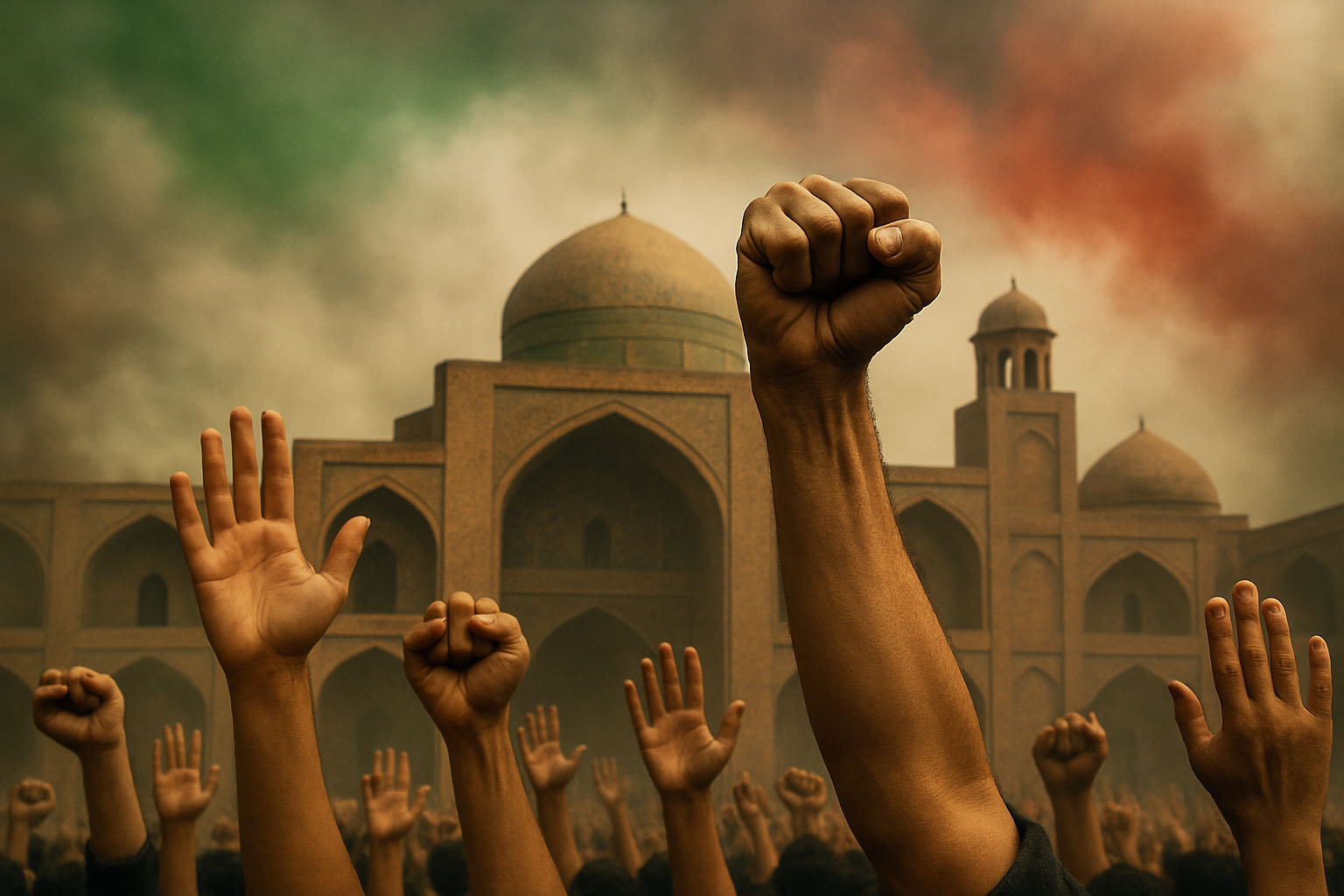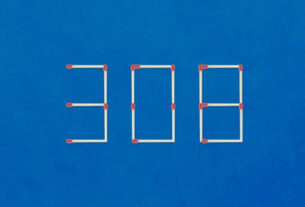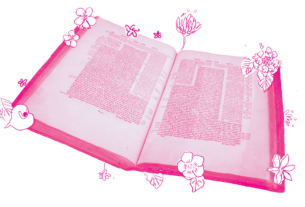Real change in Iran cannot be imposed from the outside—it must come from within. In recent months, Iran has stood at the center of a crisis with consequences that extended far beyond its borders. Although the 12-day war has ended, its message is unmistakable: While precision airstrikes may have delayed Iran’s nuclear program for a few years, they have failed to bring about political transformation. The future of Iran lies in the hands of its own people—through their uprisings and through a steadfast, organized resistance that has never abandoned the vision of a free and democratic nation.
This war has made one thing clear: Military action is no substitute for meaningful change. Even though the regime emerged weakened from the attacks, it continues to intensify its domestic repression, escalate its nuclear enrichment efforts, and engage in blackmail through calculated ambiguity and threats. Real change will not come from fighter jets or bombs, but from the determination of a people who have risen up time and again—and from a movement that has spent decades preparing the foundations for democratic transition.
For years, the West held on to the illusion that diplomacy and concessions could moderate the regime’s behavior. In the process, it blacklisted Iran’s democratic opposition and emboldened the regime to commit atrocities and even mass executions. Western policymakers hoped that economic incentives and nuclear negotiations would coax Tehran toward cooperation with the international community. But the Iranian resistance repeatedly warned: Feeding a crocodile only makes it hungrier, not more docile. More than two decades ago, Maryam Rajavi, the leader of the Iranian Resistance, presented the “Third Option” in the European Parliament and warned that appeasement would inevitably lead to war. That warning was ignored—at a cost paid in blood.
The “Third Option” is a political strategy that rejects both foreign military intervention and futile negotiations with a tyrannical regime. It is not a call for inaction, but a call for principled engagement: to recognize the legitimacy of the Iranian people’s struggle and to support their right to overthrow dictatorship through organized, democratic means. The Third Option calls for independence without isolation, dialogue without surrender. It defends peace and freedom while affirming that sovereignty belongs to the people.
The Third Option is not just a theory; it has been the practical strategy of the Iranian Resistance for over four decades. This approach raised the banner of peace in the face of the Iran-Iraq war. Today, the Third Option is embodied in the formation of thousands of Resistance Units, dispersed across the country and composed of individuals from all walks of life, capable of organizing themselves. These units are present in every protest against dictatorship and corruption. Just last year alone, Iranians carried out 3,000 operations against the regime’s wall of repression and completed tens of thousands of acts of defiance such as graffiti, distributing leaflets, and more. It was out of fear of these very Resistance Units that the regime ignited the Oct. 7 war. And it is because of the fear of these rebellious youth—now organized into Resistance Units—that Fars News Agency, affiliated with the IRGC, described the 1988 massacre of political prisoners, most of them MEK members, as a “successful experience,” and called for its repetition to suppress today’s main opposition. At the same time, whispers of President Pezeshkian’s impeachment are beginning to circulate.
The Third Option is more than just a theory. It has served as the Iranian Resistance’s practical strategy for over four decades. This approach upheld the banner of peace during the Iran-Iraq War, and today it is manifested in the rise of thousands of Resistance Units across Iran. These units—comprising individuals from all sectors of society—are self-organizing and play a central role in every protest against dictatorship and corruption.
In just the past year, these Resistance Units carried out over 3,000 targeted operations against the regime’s machinery of repression, along with tens of thousands of acts of civil defiance—such as graffiti campaigns, distributing leaflets, and other initiatives. It was the regime’s fear of these very Resistance Units that drove it to trigger the Oct. 7 conflict. And it is this same fear of rebellious youth, now mobilized into organized units, that led Fars News Agency—affiliated with the Revolutionary Guards—to label the 1988 massacre of political prisoners, most of them MEK members, as a “successful experience” and to call for its repetition to confront the current opposition.
Rooted in the will of the Iranian people, the Third Option rejects all forms of tyranny, whether monarchist or theocratic. This is precisely why the regime sees it as such a threat. When European parliaments endorse this vision, Tehran responds with threats and hostage-taking. The regime knows that a popular and organized alternative poses a far greater danger to its survival than any foreign military action.
The regime knows that a popular and organized alternative poses a far greater danger to its survival than any foreign military action.
Today, the regime is weaker than ever. Its regional ambitions have unraveled, and its nuclear leverage is waning. It did not provoke regional conflict from a position of strength, but one of fear—fear of yet another nationwide uprising. This war is not the cause of the regime’s crisis; it is a symptom of it.
The regime is now at a historic dead end. Supreme Leader Khamenei’s empty shows of power cannot disguise his deep vulnerability. It is nearly impossible for the regime to recover what it has lost whether in legitimacy, public support, or strategic position. The aging dictator can barely stand. The Third Option remains the only viable path forward for Iran, for the region, and for a world that claims to uphold democracy and peace. This change is already underway—it only needs to be recognized and supported.
Hamid Enayat is a political scientist, specializing on the topic of Iran, who collaborates with the Iranian democratic opposition (NCRI).




